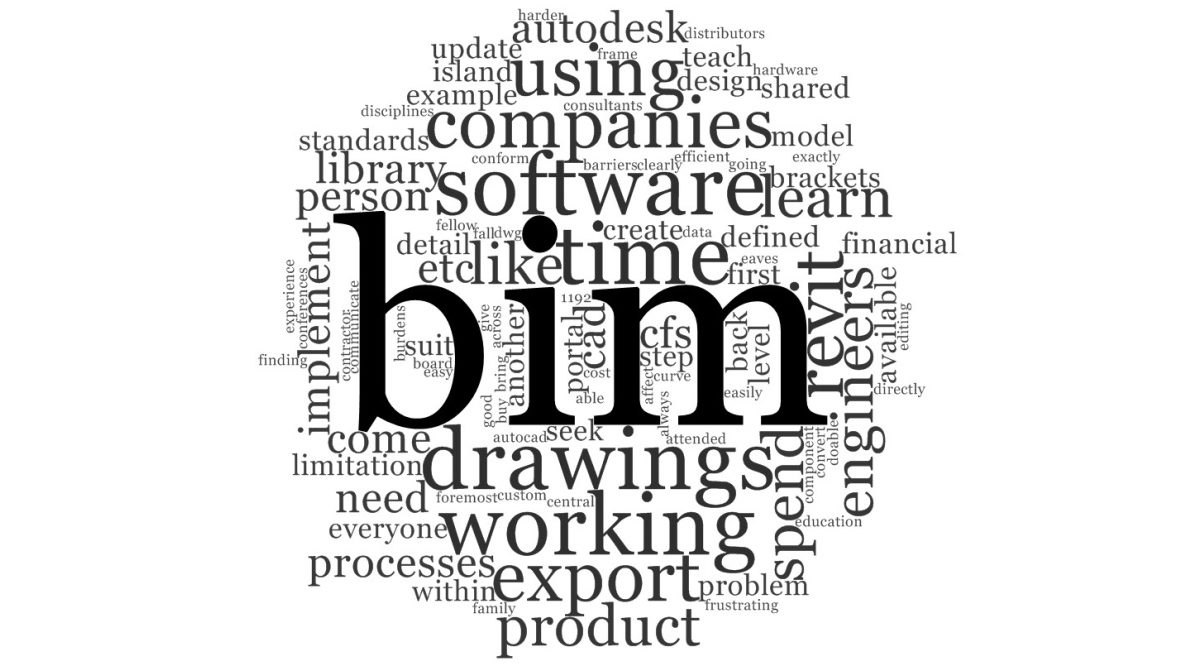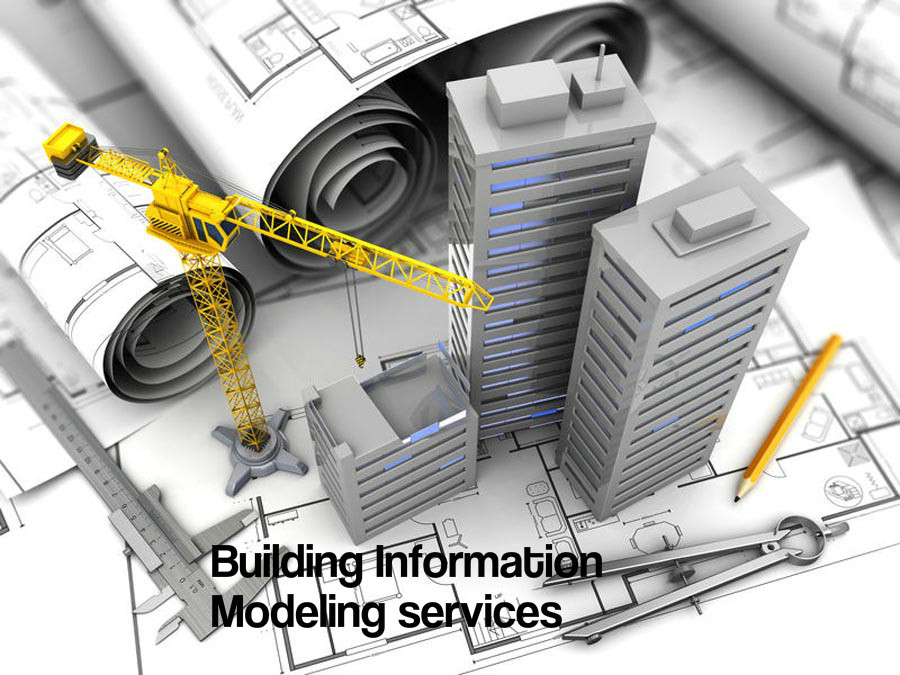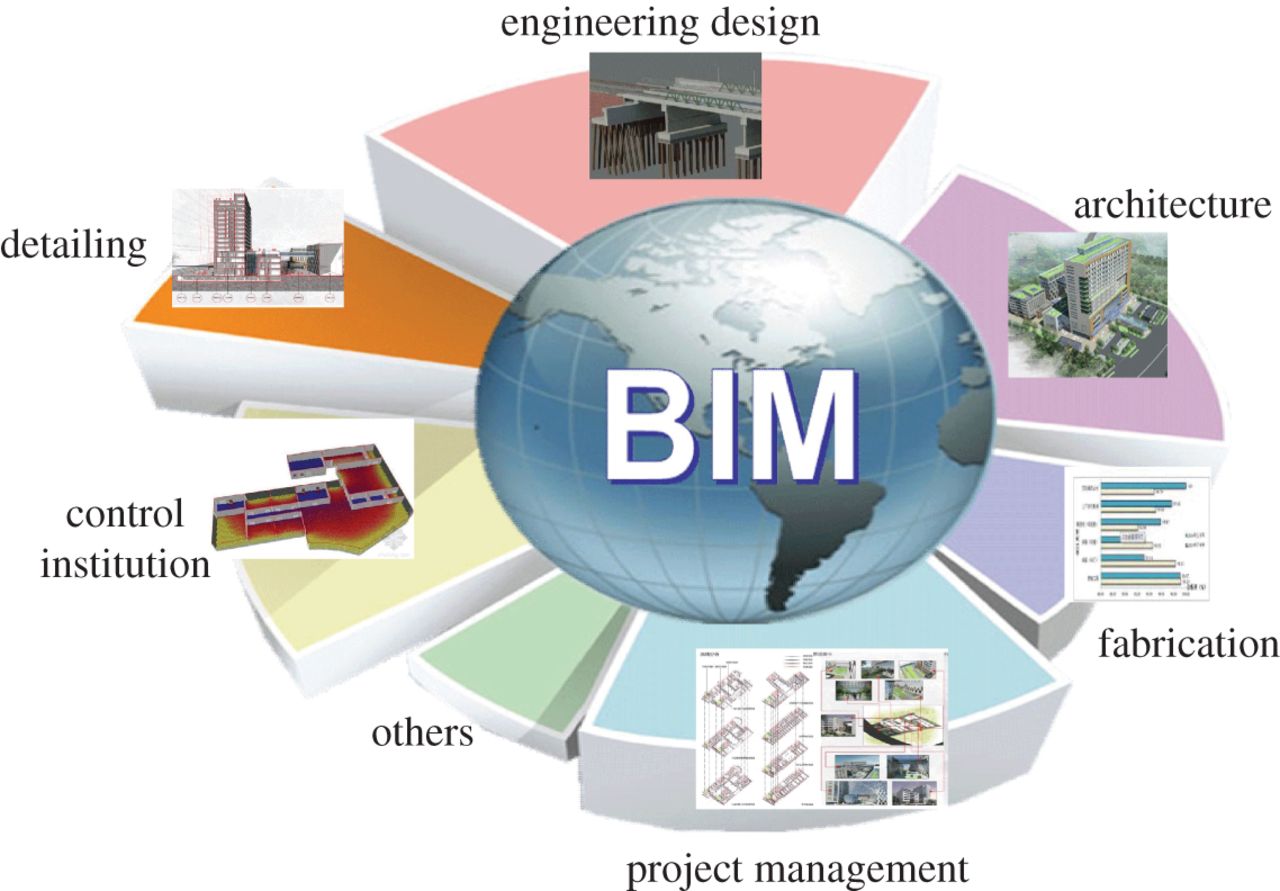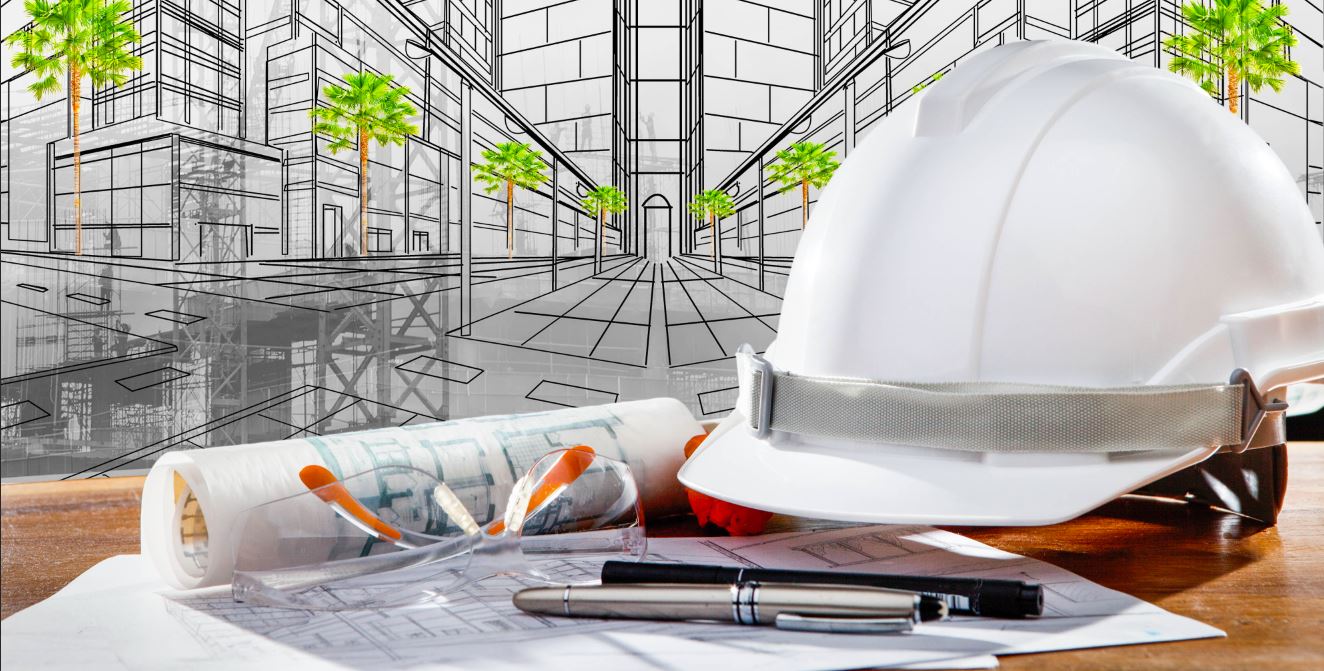
Regardless of industry, machine learning has been touted as the next biggest thing across organizations of all sizes. While initial costs of implementation can be relatively high, there is little to no doubt about the numerous benefits machine learning brings to the table. BIM implementations are seeing similar changes in their processes, with machine learning bringing forth new and exciting ways of increasing productivity.
What is Machine Learning?
The term machine learning is used interchangeably with Artificial Intelligence (AI). Machine learning practices involve utilizing AI processes to create systems that are constantly improving their understanding (or learning) from past experiences, to develop a more sophisticated knowledge of the subject matter – without any outside (human) interference.
Building Information Modeling (BIM) itself is a relatively new practise, and machine learning is the latest addition to this immaculate method of 3D building design.
Implementing Machine Learning in BIM
- Structuring Data
BIM 3D building designs use billions of cloud data points that must first be structured into different groups or models. These models are nothing more than a swamp of data points at this stage, and going through them manually can take enormous time. Machine learning effectively transforms this brute force approach into a more sophisticated algorithm based. - Outlier Detection
As is the case with any large data set, there will assuredly be a few outliers – or exceptions. Outlier detection algorithms can effectively pinpoint these anomalies and based on pre-defined parameters, choose to either ignore them or get rid of them. - Segmentation & Learning
These data sets are further segmented into unique clusters, on basis of factors such as structural systems they belong to, geographic similarities with other data sets and geometric patterns.
This is where the learning aspect of machine learning truly shines. BIM construction services deal with various architectural styles, which form the base data source for machine learning algorithms. They compare data sets with past examples, to postulate the correct system in which the set belongs. As time passes, machine learning algorithms become smarter and more capable than their human counterparts in detecting the same. - Modeling
Now comes the building portion of the 3D schematic. Data sets are compiled into accurate 3D building design models. Thanks to the AI, these models are built faster and more accurately than through traditional BIM practices. - Integration
Finally, all models are integrated into one comprehensive 3D schematic. The designing process is done and you are now ready with a lifelike prototype for your future project!
Advantages of Machine Learning BIM
While there are many portions of the Building Information Modeling process, that machine learning supercharges, here are some of its key benefits.
-
- Automated Labels
Machine learning algorithms may be used to automatically categorize data points and label components, within seconds. - Clash Detection
Removing the need for system-wide model reconciliations as seen in traditional BIM implementations, machine learning keeps accurate and real-time track of model integrations, effectively performing advanced clash avoidance and resolution.
- Automated Labels
- Commercial Insights
With such a heavy influx of data, it is extremely useful to monitor for patterns to gain commercial insights. Machine learning and big data algorithms can do so.



